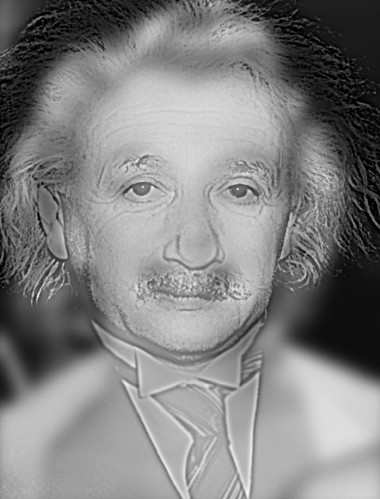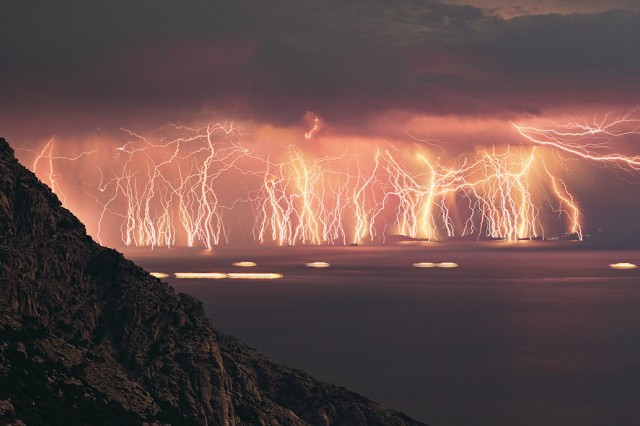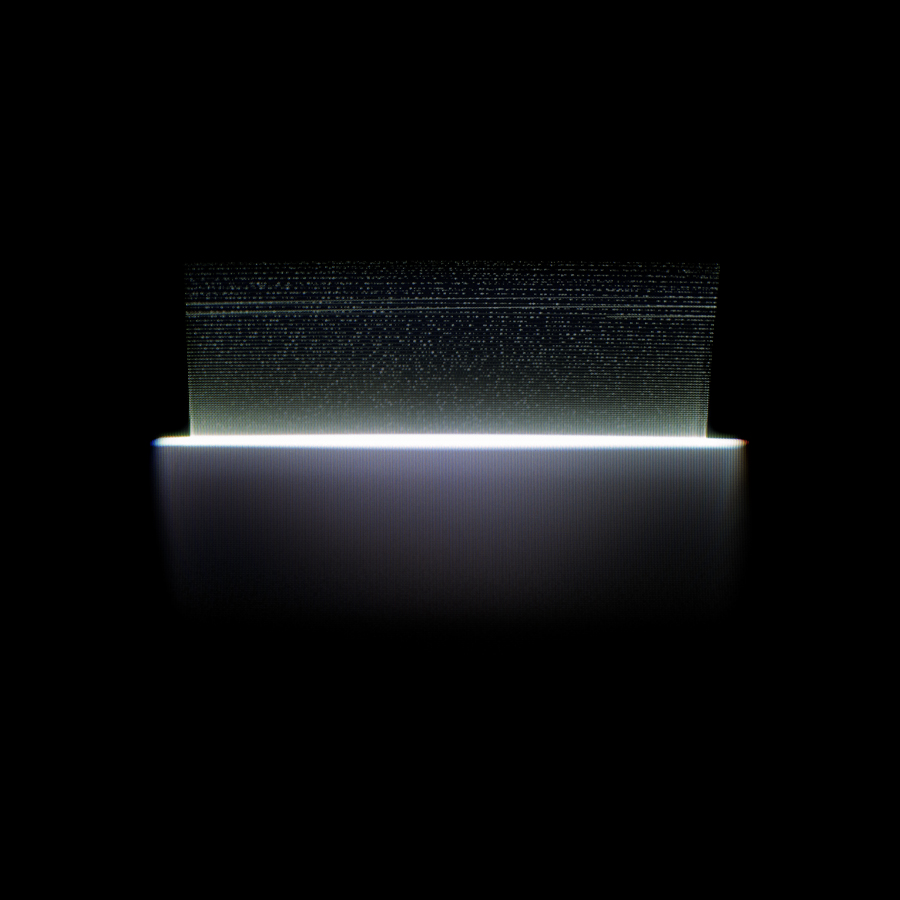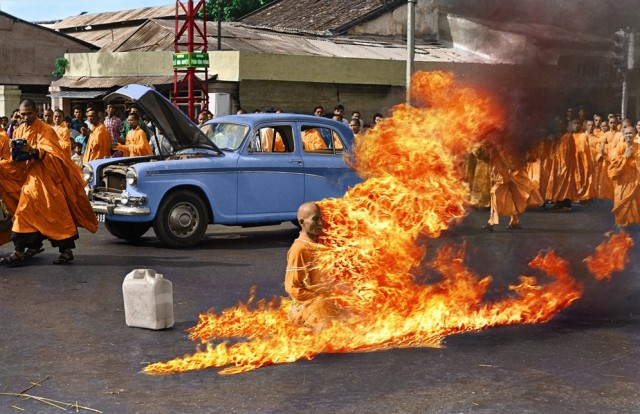Am I Shortsighted?

If you want to check if you need glasses while sitting at your computer, the above image will help you test whether or not you are shortsighted. At normal screen viewing distance you should see the face of the great scientist Albert Einstein. This would indicate you have normal vision. Shortsighted people will see Marilyn Monroe. If you squint, or move a few meters away from your screen (replicating having short-sighted vision) you will see Marilyn Monroe.
The Marylin Einstein hybrid image was created by Dr. Aude Oliva for the March 31st 2007 issue of New Scientist magazine. Other examples of hybrid images can be found in the links below:
Cat/Dog
Cheetah/Tiger
Leopard/Elephant
Dolphin/Car
Astronaut/Scuba Diver (my favorite)





![image14[1] Lightning Strike](http://www.artifacting.com/blog/wp-content/uploads/2010/12/image141-640x425.jpg)
![1175691273901713[1] Close-up of eyeball](http://www.artifacting.com/blog/wp-content/uploads/2010/08/11756912739017131-e1282935810855.jpg)
![nyc_skyline_map[1] New York City Skyline Map](http://www.artifacting.com/blog/wp-content/uploads/2010/06/nyc_skyline_map1-500x521.jpg)